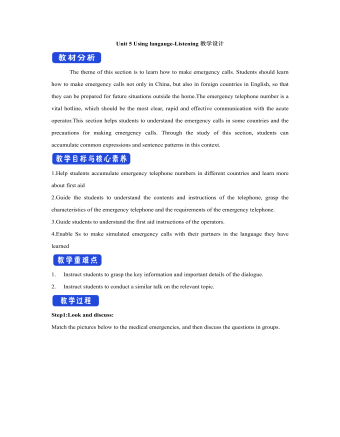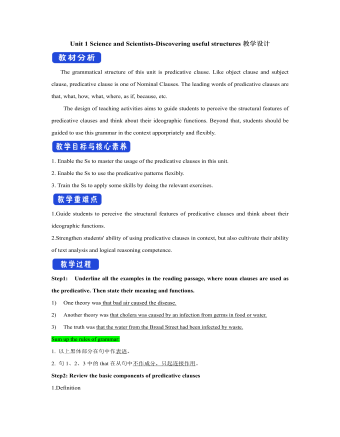新人教版高中英语选修2Unit 1 Science and Scientists-Using langauge教学设计
-
- 页数:5页
- 字数:约 8833 字
- 大小:999.00KB
- 格式:.doc
- 版本:Office2016及以上版本
- 作者:天皓PPTER
Unit 1 Science and Scientists-Using langauge教学设计
The theme of the listening section is "talkabout scientific experiences", which focuses on visiting the sciencemuseum, Through this way of scientific inquiry and experience, students canactivate their relevant experience, talk about different types of scientificinquiry activities, describe their experience of participating in scientificexperiments and scientific research, and communicate with their classmates.This section reflects the connection between science and life, science andlearning.
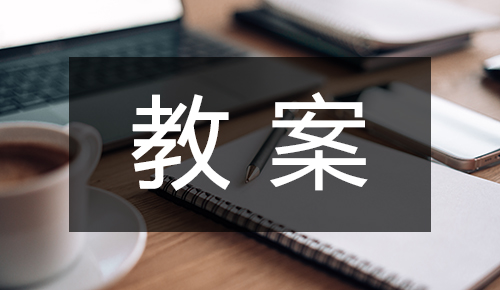
Text analysis: listening text is a dialogue betweenfriends. In the dialogue, Bill was not able to visit the science museum becausehe was ill. His friend Judy told him about the interesting experience ofscientific exploration. This experience involves many scientific fields such asphysics and biology, and fully mobilizes visitors multiple senses such asvision, hearing and touch. Judy gave a vivid description of the experimentalfacilities in the museum, and also expressed her own wonder and curiosity.
1. Instruct students to predict the listening content by observing thepictures and to develop their pre listening prediction strategies,
2. Instruct students to grasp the key information and important details ofthe dialogue
3. Instruct students to express their opinions on the scientific practiceactivities described in the listening dialogue, and share their experienceswith their peers.
4. Instruct students to give a brief presentation about a scientific researchor experimental activity they are interested in
1. Instruct students to grasp the key information and importantdetails of the dialogue
2. Instruct students to give a brief presentation about a scientificresearch or experimental activity they are interested in
Lead in
Look at the photo below,and discuss in groups what these activities have to do with science.
keys:
A:I think the dish in this exhibition isrelated to sound. Maybe the boy is whispering into the smaller circle and thedish can make his voice louder.
B:This looks like a piano youplay with your feet. Maybe it shows how sound works.
C: Im not sure what this one shows, but it must be aboutlight or eyesight.
D:It is a hall of mirrors. Maybeit has to do with the principles of reflection.
E: This is probably an experiment involving the compositionof light.
Step1: Before listening:
The photos aboveare related to the conversation you will hear. Using the photos, try to predictthe answers to the following questions.
1. Where are the people in theconversation going to go?
2. What kind of place is it, and what doesit focus on?
3 .What kinds of things can you do there?
keys:
1 Where are the people inthe conversation going to go?
They are going to a science museum.
2. What kind of place isit, and what does it focus on?
It is a science museum that focuses on lettingvisitors experience science through interactive learning exhibitions.
3 .What kinds of thingscan you do there?
You can probably trydifferent activities to learn about sound, light, reflection, and so on. Forexample, you can go to a room with many mirrors facing each other so it lookslike there are many copies of you! Or you can play with a big piano on thefloor.
Step2: Ask students to listento the conversation and see if their answers for Activity 2 are correct. Thenwrite down the letters (A-E) for the photos in the order that students hearthem described.
keys: DCEBA
Step 3: .Ask students tolisten again and complete the descriptions of the photos above
Photo A: A giant dish;when you speak into it, it _________________ the sound back and_____________.You can use it to speak in a_____________ to someone 17 metersaway,
Photo B: A giant____________.that you can use your feet to play. Instead of playing the soundsof a piano, it plays the voices of________________.
Photo C: You look at ablue screen for a while, and then suddenly you can see________________ movingaround on it. These are our_______________________
Photo D: A______________________ where youcan see yourself reflected thousands of times.
Photo E: You stand infront of_______________ and it casts different shadows of you,in________________________ the rainbow.
keys:
A: reflects; makes itlouder; whisper;
B: piano keyboard; class
Step 4: Ask students todiscuss the following questions in groups:
1. The conversation isabout the City of Science and Industry, a museum in Paris. Would you like to goto this museum? Why or why not?
Yes . I can learn a lotabout science and it can broaden my horizons.
2. Are there any museumslike this in China? What other interesting museums are there?
Yes. There are otherinteresting museums such as art museum or museum about science and technology.
Step 5: Instruct students to make a shortpresentation to the class about your choice. Use the example and useful phrasesbelow to help them.
EXAMPLE
Today, I want to talk toyou about a very strange phenomenon called a non-Newtonian fluid. You can makeit easily using equal parts of water and cornflour, like I have here.Anon-Newtonian fluid is strange because you can pour it like a liquid, but ifyou put any pressure on it, it suddenly becomes hard as concrete. In fact, itbecomes hard enough to stand on. Then, as soon as you take the pressure off, itbecomes a liquid again. This shows that it is possible that something can existas a liquid and a solid at the same time.
useful phrases:
Talking about scientific phenomena
.. can/cannot exist in the form of a solid/gas and a liquid/plasma ...
... Is both a ... And a.. . at the same time ..
how light/sound is reflected ...
... the existence of other…
This occurs when ...
If you ....it will become ....
That demonstrates ….
This experiment/research shows. ..
Through this, we know that ...
We can prove that ...
This evidence proves …
useful phrases:
Talking about scientificphenomena
.. can/cannot exist inthe form of a solid/gas and a liquid/plasma ...
... Is both a ... And a... at the same time ..
how light/sound isreflected ...
... the existence ofother…
This occurs when ...
If you ....it will become....
That demonstrates ….
This experiment/researchshows. ..
Through this, we knowthat ...
We can prove that ...
This evidence proves …
keys:
Today, I want to talk toyou about the positive and negative charges of molecules. We can demonstratehow these interact through a simple experiment using milk, dish soap, and foodcoloring. First, cover the bottom of a shallow plate with milk. Now add two orthree drops of different liquid food coloring to the center of the milk. Theyshould form one large dark puddle in the middle of the milk. Now, dip a cottonswab into dish soap, and it into the middle of the food place coloring. Youwill see the colors quickly move to escape from the soap, making interestingand beautiful patterns. This happens because the dish soap molecules have astrong negative charge, and the milk molecules have a strong positive charge.Like magnets, these molecules are attracted to each other, and so they appearto move around on the plate, taking the food coloring with them, making it looklike the colors are quickly moving to escape from the soap.
Listening text:
• Judy: Oh, Im so sorry that you were ill and couldntcome with us on our field trip. How are you feeling now? Better?
• Bill:Much better, thanks. But how was it?
• Judy:Wonderful! I especially liked an area of the museum called Light Games.it wasreally cool. They had a hall of mirrors where I could see myself reflected thousandsof times!
• Bill:A hall of mirrors can be a lot of fun. What else did they have?
• Judy:Well, they had an experiment where we looked at a blue screen for a while, andthen suddenly we could see tiny bright lights moving around on it. Youll neverguess what those bright lights were!
您可能喜欢的文档
查看更多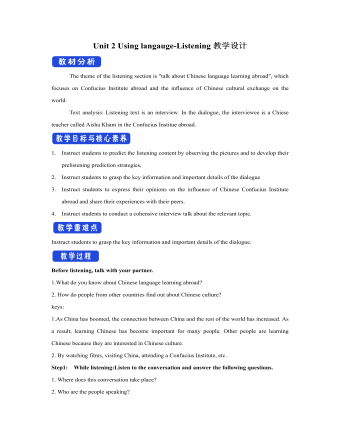
新人教版高中英语选修2Unit 2 Using langauge-Listening教学设计
- 页数:4页
- |大小:139.00KB
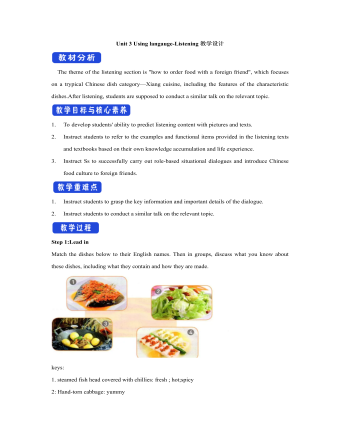
新人教版高中英语选修2Unit 3 Using langauge-Listening教学设计
- 页数:5页
- |大小:684.50KB
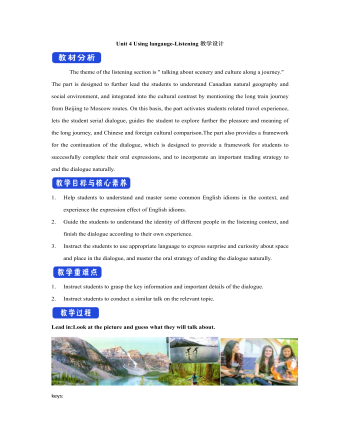
新人教版高中英语选修2Unit 4 Using langauge-Listening教学设计
- 页数:3页
- |大小:744.00KB
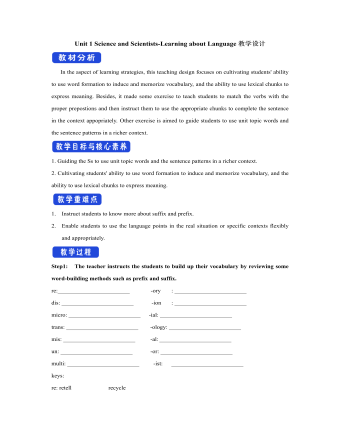
新人教版高中英语选修2Unit 1 Science and Scientists-Learning about Language教学设计
- 页数:6页
- |大小:137.00KB
热门课件教案
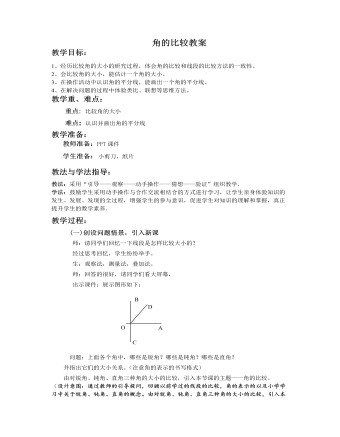
北师大初中七年级数学上册角的比较教案2
- 页数:6页
- |大小:85.00KB
- 课件教案
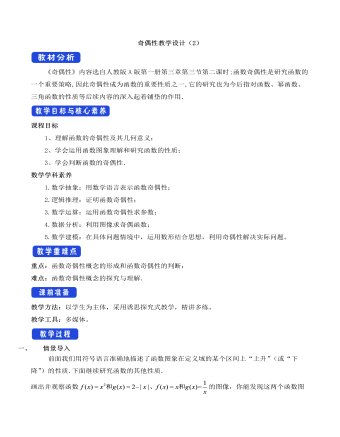
人教A版高中数学必修一奇偶性教学设计(2)
- 页数:7页
- |大小:179.77KB
- 课件教案
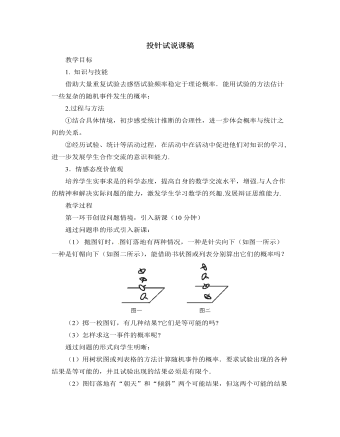
北师大版初中数学九年级上册投针试说课稿
- 页数:3页
- |大小:204.00KB
- 课件教案
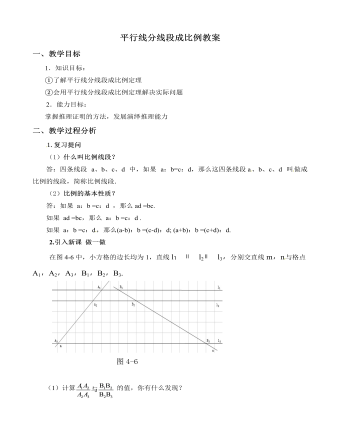
北师大初中数学九年级上册平行线分线段成比例2教案
- 页数:4页
- |大小:455.50KB
- 课件教案
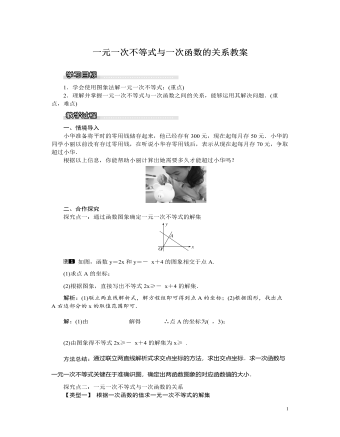
北师大初中八年级数学下册一元一次不等式与一次函数的关系教案
- 页数:2页
- |大小:1M
- 课件教案
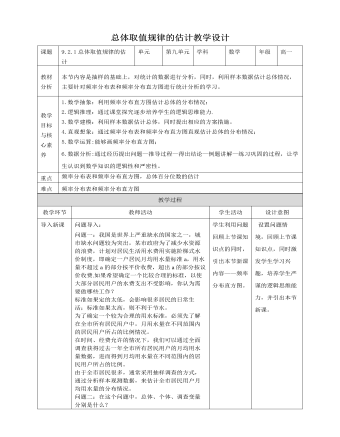
人教A版高中数学必修二总体取值规律的估计教学设计
- 页数:12页
- |大小:821.00KB
- 课件教案
今日更新
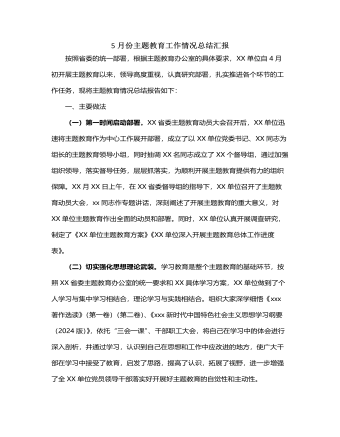
5月份主题教育工作情况总结汇报
- 页数:3页
- |大小:136.87KB

××县招商局2024年上半年工作总结
- 页数:12页
- |大小:142.54KB
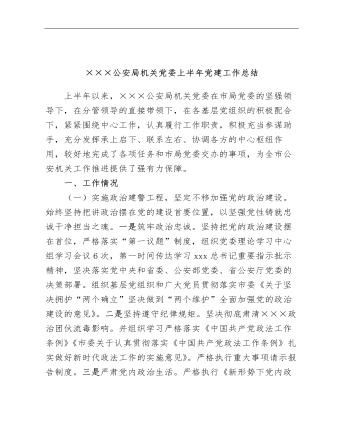
×××公安局机关党委上半年党建工作总结
- 页数:7页
- |大小:186.25KB

《2019—2024年全国党政领导班子建设规划纲要》实施情况的工作总结3800字
- 页数:6页
- |大小:29.16KB
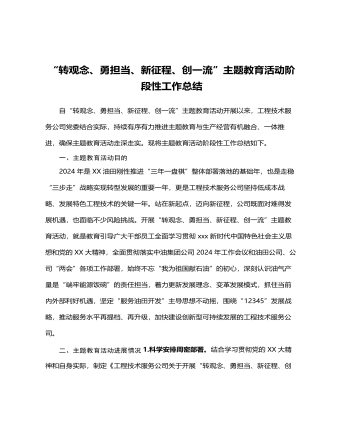
“转观念、勇担当、新征程、创一流”主题教育活动阶段性工作总结
- 页数:3页
- |大小:22.76KB

“四零”承诺服务创建工作总结
- 页数:5页
- |大小:39.83KB
